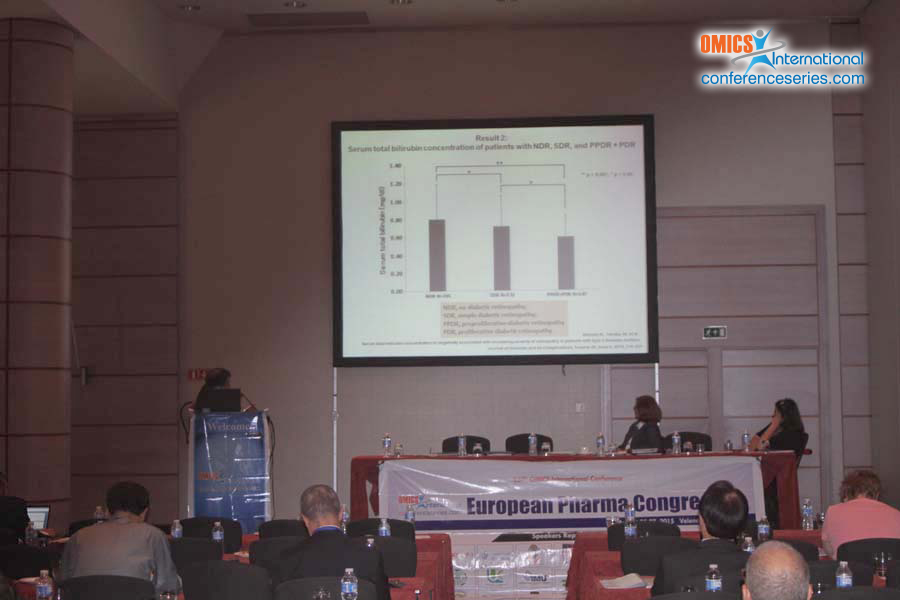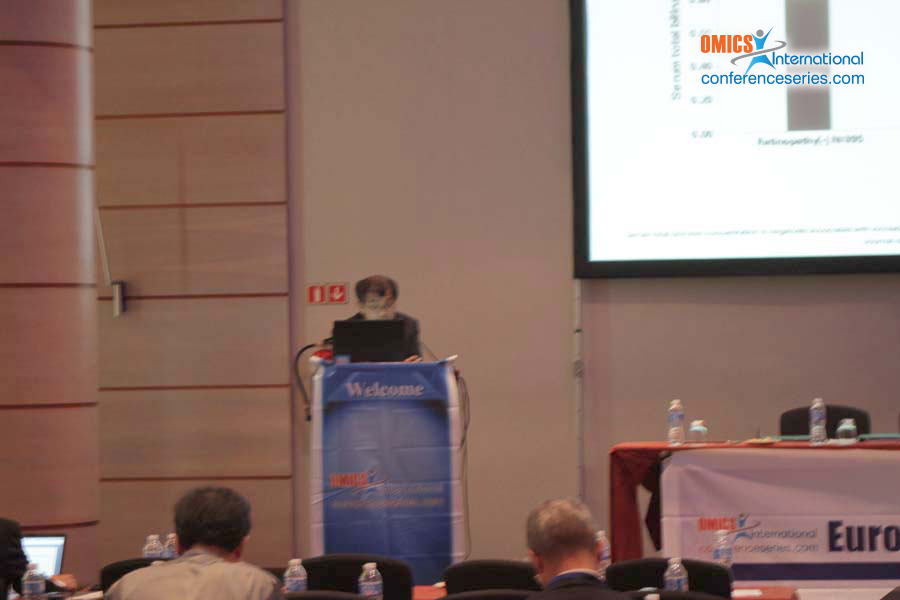
Masami Tanaka
Keio University School of Medicine, Japan
Title: Serum total bilirubin concentration is negatively associated with increasing severity of retinopathy in patients with type 2 diabetes mellitus
Biography
Biography: Masami Tanaka
Abstract
There have been several reports demonstrating that type 2 diabetic patients with high serum total bilirubin concentration (TBC) tend to be less complicated with diabetic retinopathy. Although this observation might suggest a protective role of bilirubin against diabetic retinopathy, the precise relationship between bilirubin and retinopathy, such as the severity of retinopathy, is not known yet. Therefore, we studied the relationship between the severities of diabetic retinopathy and serum TBC. In addition, we compared the importance of bilirubin with the factors which were shown to be associated with the incidence of diabetic retinopathy in Japan. In this retrospective study, a total of 674 patients with type 2 diabetes were included. Serum TBCs were compared between patients with and without diabetic retinopathy, and according to the severity of the retinopathy univariate and multivariate analyses were conducted to investigate the relationship of retinopathy with TBC, HbA1c, systolic blood pressure, body mass index, and duration of diabetes. It was shown that serum TBC was significantly higher in patients without retinopathy than in those with retinopathy. Patients with severe retinopathy demonstrated lower TBC, higher systolic blood pressure, and longer diabetes duration. These three parameters were independent explanatory factors for diabetic retinopathy. In conclusion, TBC is lower in patients with type 2 diabetes complicated with severe retinopathy. Thus, it is probable that bilirubin plays protective roles against the onset/progression of retinopathy in patients with type 2 Diabetes mellitus. Low TBC, high blood pressure, and long diabetes duration are risk factors for diabetic retinopathy


